I was not particularly surprised that for the past several weeks I have been experiencing a rather slow period with regards to observations of new birds. I have been in Europe for about six months—three months longer than I had planned—which is not really the birdiest continent to begin with, so I have been running out of possibilities for new and interesting sightings. Additionally, recently I have been in Poland and Ukraine and both of those lands are extensively agricultural, resulting in a predominance of grassland or Ag-land species that are, honestly, rarely the most spectacular avian examples. There were few nice species, including a couple of the more colorful European varieties, that I distinctly wanted to see, but they normally are present with a slightly more southerly distribution. Had I been able to travel according to my original plan I probably would have had a more facile time in making those observations, but as I approached the end of my time in those two countries I was beginning to feel that none of them would present themselves. Therefore, I was preparing to add the words Mostly Brown
to the title of this post. However, at the last moment, in particularly unusual circumstances, one of those great species was seen, so the title remains as is.
Starting things off was one of those small, flighty species that are not always that compelling, though at least it is tinged with yellow, European Serin.
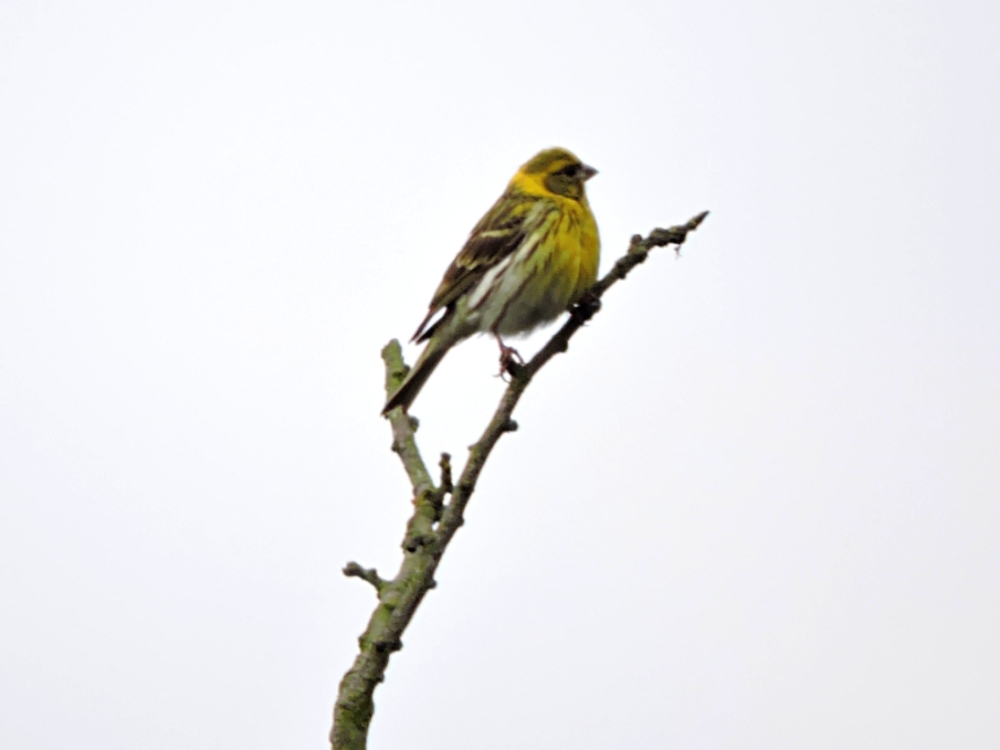
One afternoon in Poland, just as I was beginning to tire out for the day, I rode by a small pond that was hosting numerous Greylag Geese. I might easily have chosen not to stop to check things out, but it was fortunate that I didn’t, since in addition to the common geese, and a few other rather uninteresting birds, were a few Ruff, a species that has taken me a long time to see.
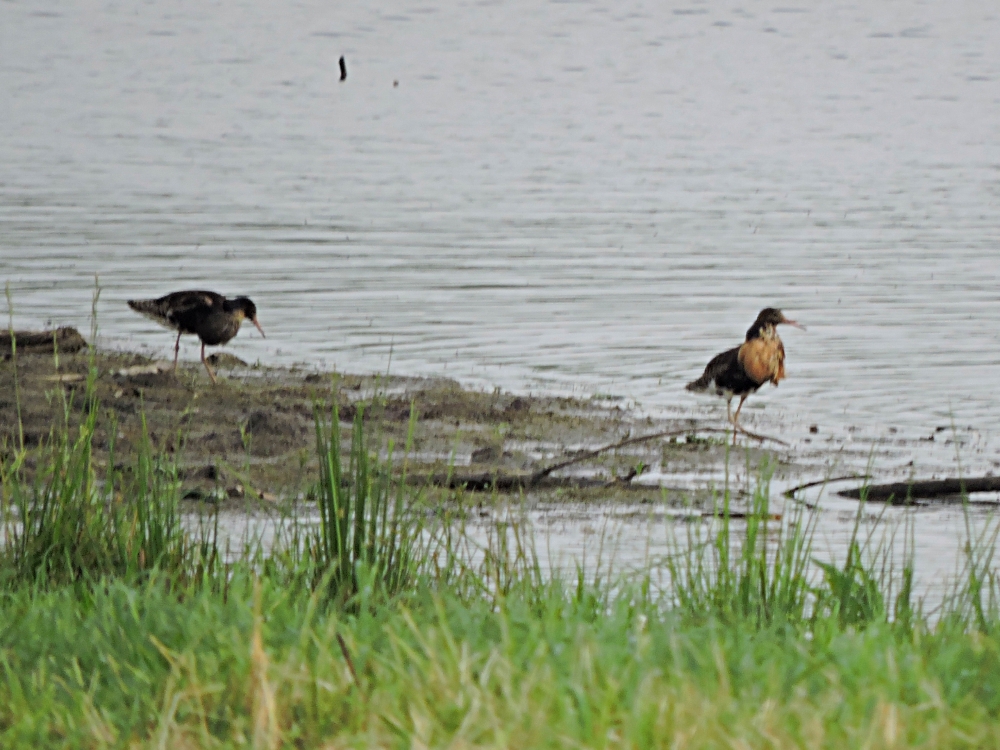
If anyone ever wanted to find a bird that is the epitome of the Little Brown Job the common Corn Bunting would certainly fit the bill. Fortunately, that bird has a distinctive call that is repeated often, so after my first sighting I no longer needed to stop to investigate every brown bird perched on a wire.
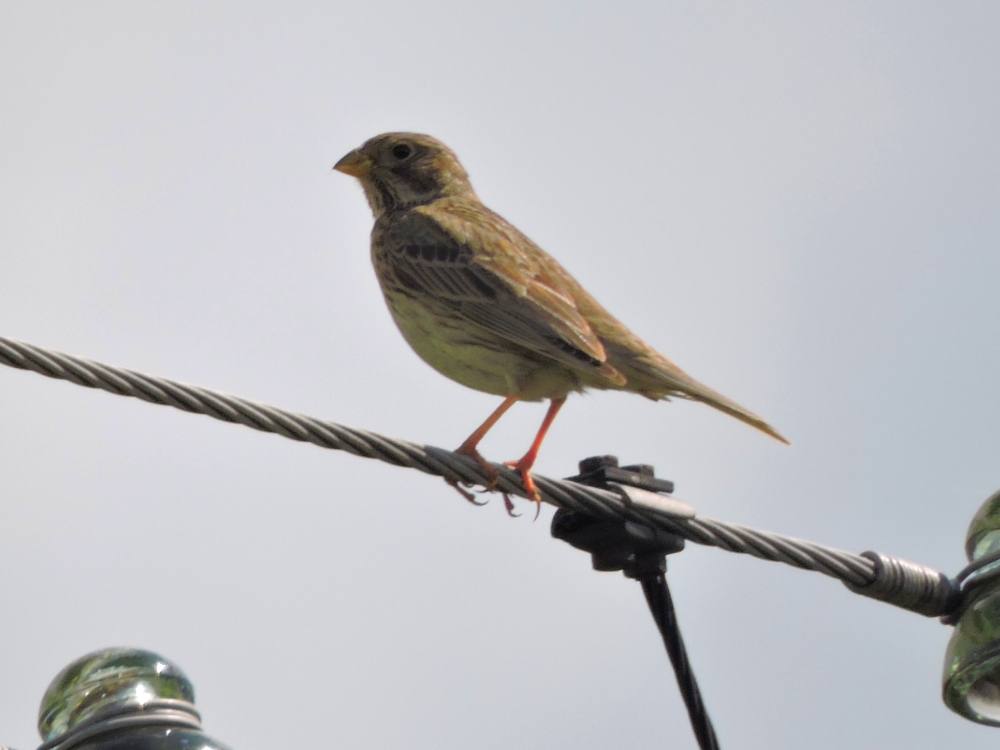
The next two birds were the type I could have easily missed while cycling, but, even though were tough to see in the bushes and they appear very similar, I was able to pick up both Whinchat and European Stonechat.
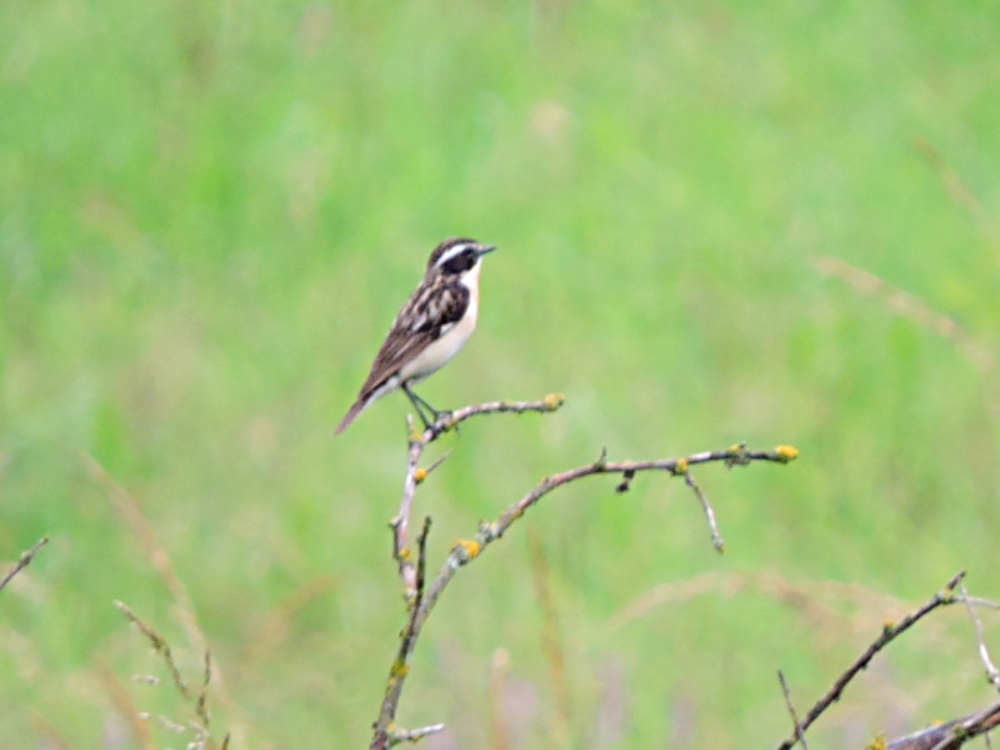
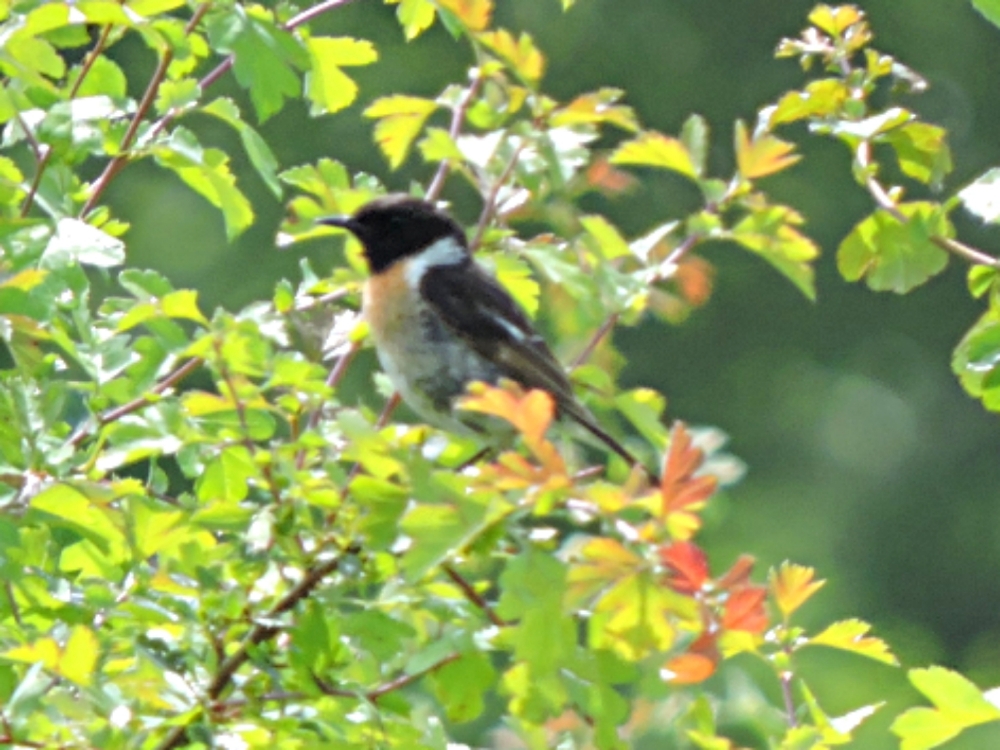
In Ukraine, my photography skills really began to let me down, with several out-of-frame, or blurry, bird images made early on in that country. It was a number of days before I finally captured this image of Great Gray Shrike.
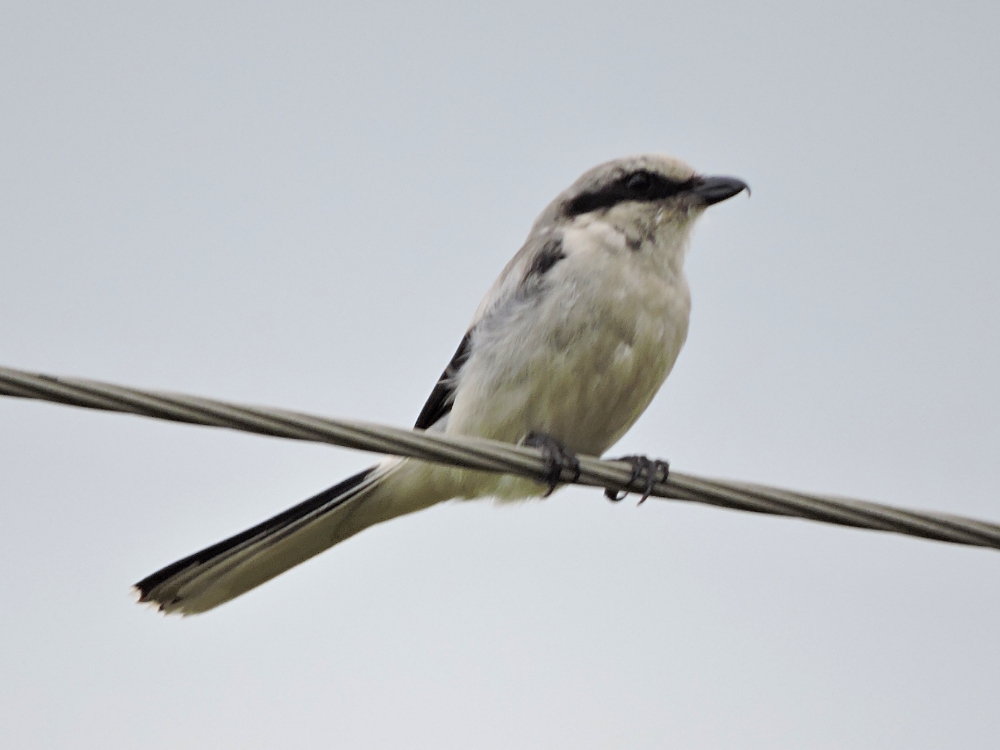
The only dedicated birding I did in this section was in Boian, my ancestral village, where I definitely wanted to add some birds. I spent one morning down near the Prut River and I had hopes of seeing one of those sought-after colorful species there. However, what I did find was considerably browner, including Crested Lark and Little Ringed Plover.
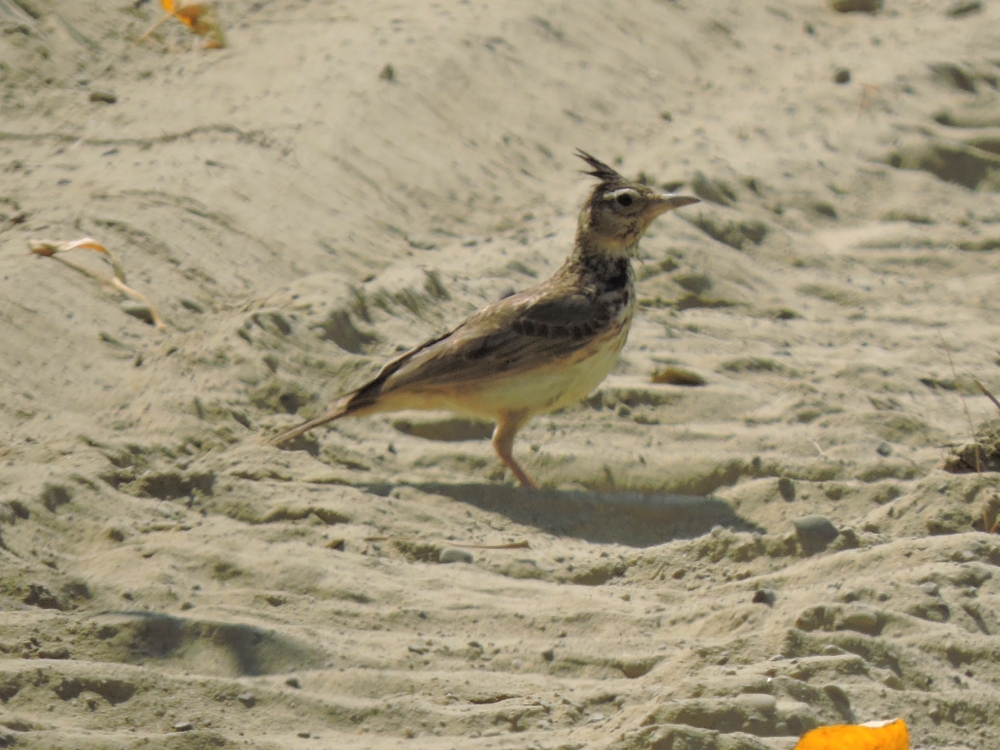
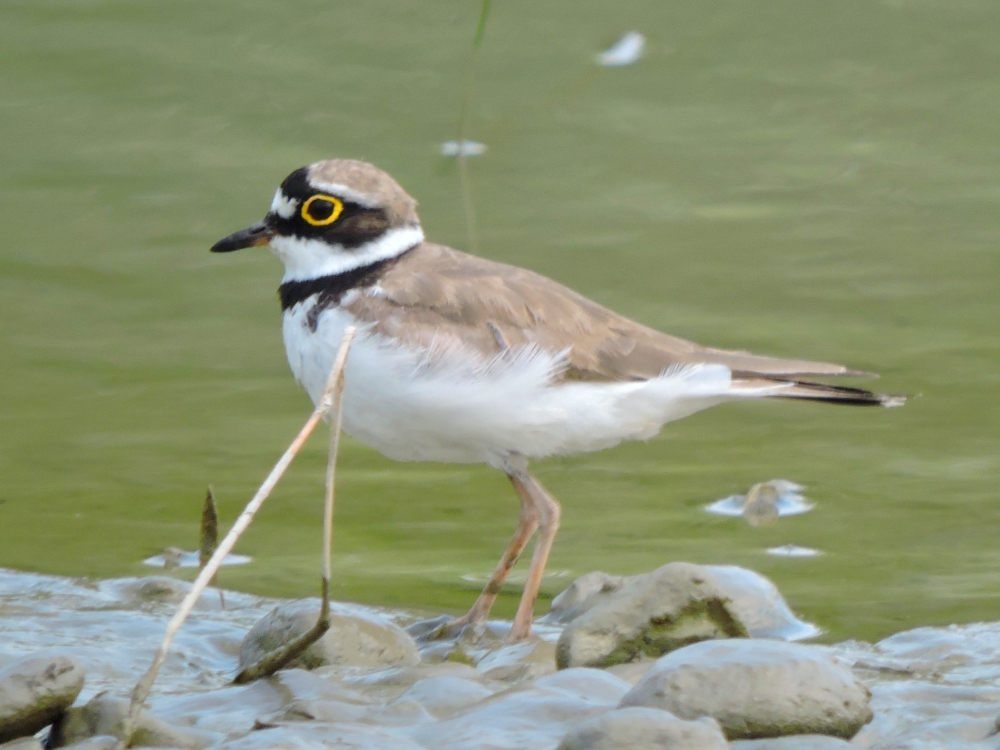
Then one evening, prior to my final ride into Kyiv, I was too tired to plot a detailed route into that large city, so I let the algorithms of my GPS app work that out for me. The next day I stuck with that route, without examining it in detail first. At one point it had chosen a road through a small town that soon degraded into a soft gravel lane, and the further into a rough footpath that climbed up a steep hill. Quite annoyed by that situation, I almost turned around to return to a better road, but started to walk up the hill anyway. Moments later, I noticed some birds on nearby wires that looked slightly larger than what I had normally seen in such situations recently, and the calls they made were unfamiliar to me as well. I quickly realized that they were one of the species I really wanted to see, European Bee-Eater. There was a colony of a few dozen individuals there, and I enjoyed watching their acrobatic flights for a while, since Bee-Eaters are one of my favorite groups of birds. The one shown here was even enjoying a delicious bee. I may need to consider the possibility that the cycling algorithms know more about where to find birds than I do.
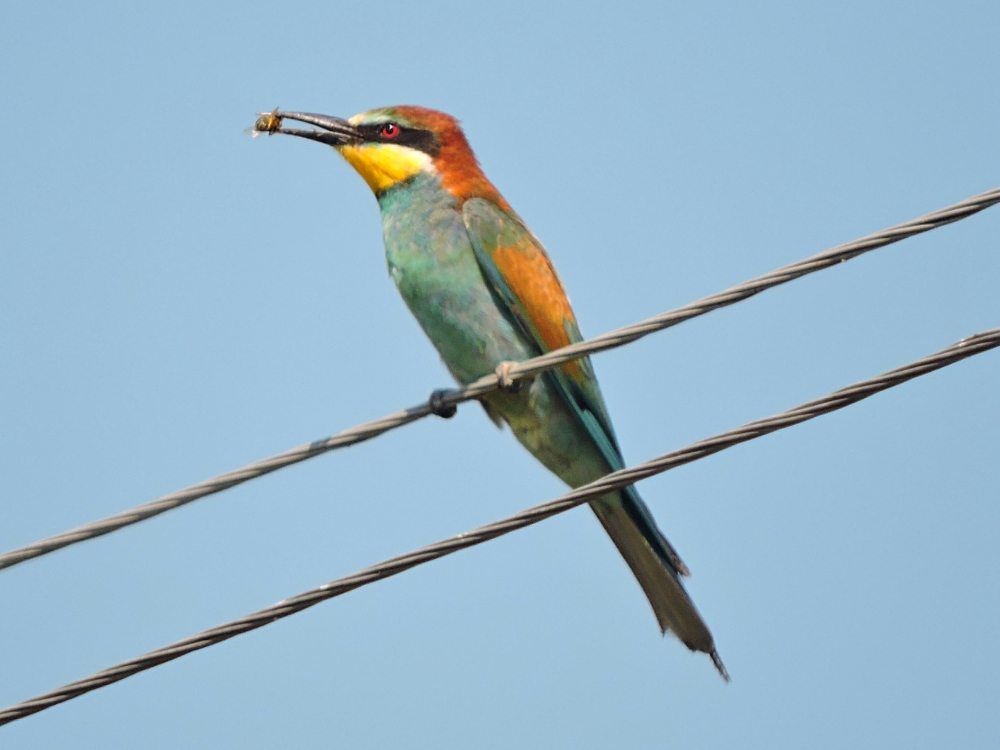
The other recent species that were poorly photographed in this section were Black Redstart, Eurasian Sparrowhawk, Eurasian Hobby, Greater Spotted Eagle, European Turtle Dove, and Great Bittern. At this point in time, my next immediate destination is still undetermined, so I cannot say if color will soon return to my sightings, or if brown and gray will continue to dominate.